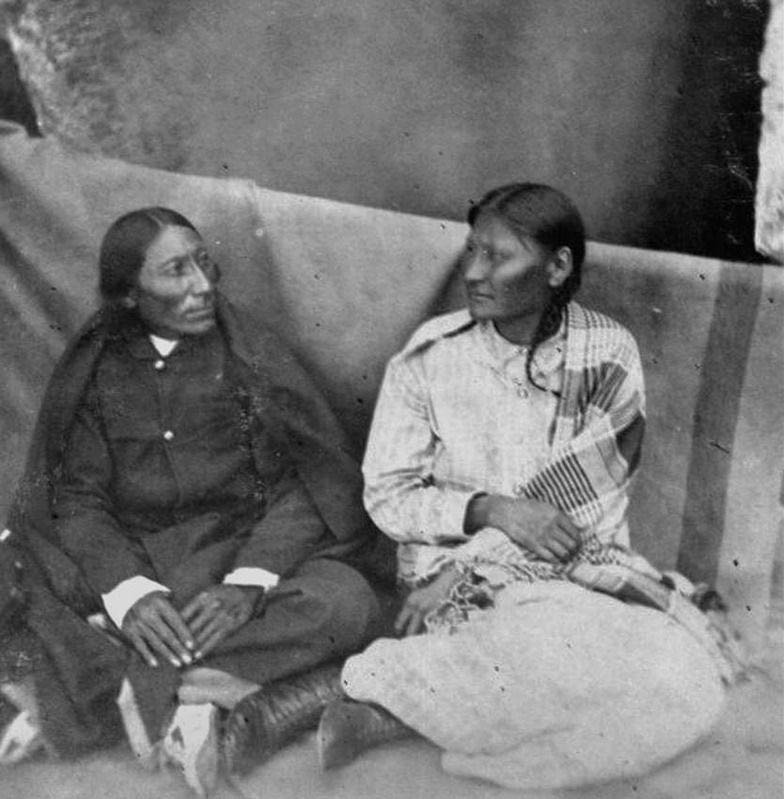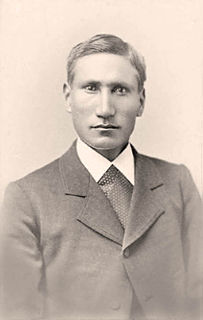 W
WBlack Horse or Tu-ukumah, was a Comanche war chief. After Bull Bear died in 1874, Black Horse was promoted to second chief in the Quahadi band of Comanche.
 W
WChato was a Chiricahua Apache subchief who carried out several raids on settlers in Arizona in the 1870s. His Apache name was Bidayajislnl or Pedes-klinje. He was a protege of Cochise, and he surrendered with Cochise in 1872 going to live on the San Carlos Reservation in southern Arizona, where he became an Apache Scout. Following his service as a scout he was taken prisoner after being coerced to travel to Washington, D.C. Chato was imprisoned in St. Augustine, Florida along with almost 500 other Apache at Fort Marion.
 W
WChihuahua or Chewawa was chief of the Chokonen local group of the Tsokanende Band of Chiricahua Apache who carried out several raids on settlers in Arizona in the 1870s and 1880s. His elder brother Ulzana, who would later become known as leader of a very famous raid through New Mexico and Arizona in 1885, was his war chief (segundo).
 W
WEe-mat-la, also known as King Phillip, was a Seminole chief during the Second Seminole War.
 W
WGeronimo was a prominent leader and medicine man from the Bedonkohe band of the Apache people. From 1850 to 1886, Geronimo joined with members of three other Chiricahua Apache bands—the Tchihende, the Tsokanende and the Nednhi—to carry out numerous raids, as well as fight against Mexican and U.S. military campaigns in the northern Mexico states of Chihuahua and Sonora and in the southwestern American territories of New Mexico and Arizona. Geronimo's raids and related combat actions were a part of the prolonged period of the Apache–United States conflict, which started with American settlement in Apache lands following the end of the war with Mexico in 1848.
 W
WGrey Beard was a Southern Cheyenne medicine man and chief. Among the Native American leaders and civilians rounded up at the end of the Red River War to be transported as a prisoner of war to Fort Marion in Florida, he is one of two who died during the incarceration.
 W
WGuipago was the last Principal Chief of the Kiowa tribe. He was a member of the Koitsenko, the Kiowa warrior elite, and was a signer of the Little Arkansas Treaty in 1865.
 W
WHowling Wolf was a Southern Cheyenne warrior who was a member of Black Kettle's band and was present at the Sand Creek Massacre in Colorado. After being imprisoned in the Fort Marion in Saint Augustine, Florida in 1875, Howling Wolf became a proficient artist in a style known as Ledger art for the accounting ledger books in which the drawings were done.
 W
WLoco was a Copper Mines Mimbreño Apache chief who was known for seeking peace at all costs with the US Army, despite the outlook of his fellow apaches like Victorio and Geronimo.
 W
WMochi was a Southern Cheyenne woman of the Tse Tse Stus band and the wife of Chief Medicine Water. Mochi, then a 24-year-old, was a member of Black Kettle's camp and was present on the morning of November 29, 1864, when John Chivington and over 650 troops of the First Colorado Cavalry, Third Colorado Cavalry and a company of the 1st Regiment New Mexico Volunteer Cavalry attacked Black Kettle's winter camp at Sand Creek on the plains of eastern Colorado Territory.
 W
WChief Naiche was the final hereditary chief of the Chiricahua band of Apache Indians.
 W
WKas-tziden or Haškɛnadɨltla, more widely known by his Mexican-Spanish appellation Nana, was a warrior and chief of the Chihenne band of the Chiricahua Apache. A trusted lieutenant to Cuchillo Negro and Mangas Coloradas, in the 1850s and 1860s he was one of the best known leaders of the Chihenne (Tchiende), along with Tudeevia, Ponce and Loco. He was a nephew of Delgadito, and married a sister of Geronimo.
 W
WDavid Pendleton Oakerhater, also known as O-kuh-ha-tuh and Making Medicine, was a Cheyenne warrior and spiritual leader. He later became an artist and Episcopal deacon. In 1985, Oakerhater was the first Native American Anglican to be designated by the Episcopal Church as a saint.
 W
WOsceola, named Billy Powell at birth in Alabama, became an influential leader of the Seminole people in Florida. His mother was Muscogee, and his great-grandfather was a Scotsman, James McQueen. He was reared by his mother in the Creek (Muscogee) tradition. When he was a child, they migrated to Florida with other Red Stick refugees, led by a relative, Peter McQueen, after their group's defeat in 1814 in the Creek Wars. There they became part of what was known as the Seminole people.
 W
WWhite Horse was a chief of the Kiowa. White Horse attended the council between southern plains tribes and the United States at Medicine Lodge in southern Kansas which resulted in the Medicine Lodge Treaty. Despite his attendance at the treaty signing he conducted frequent raids upon other tribes and white settlers. Follower of such elders as Guipago, Satanta and old Satank, he was often associated with Big Tree, this one too a young war leader in the Kiowa nation.
 W
WWild Cat, also known as Coacoochee or Cowacoochee (from Creek Kowakkuce "bobcat, wildcat") (c. 1807/1810–1857) was a leading Seminole chieftain during the later stages of the Second Seminole War and the nephew of Micanopy.